Speedway Grand Prix in America
Europeans build tracks dedicated to the sport of speedway. To American motorcycle racing enthusiasts speedway is the equivalent of soccer. Monster Energy is looking to change our perception of the sport by hosting a round of Grand Prix Speedway racing on U.S. soil.
Counter-clockwise racing on dirt ovals in our country is known as the Grand National Championship and is dominated by booming V-Twins ridden by dirt-track heroes such as Chris Carr, Scott Parker and Jay Springsteen. Large, loud and a badge of honor for Harley-Davidson, the sport suits our national bigger-is-better ideology.
These two seemingly similar disciplines, however, have nothing more in common than their direction of travel and the terrain upon which their wheels turn.
Speedway bikes are minimalist machines powered by 500cc, air-cooled, carbureted, single-cylinder engines burning methanol. The bikes have no front or rear brakes and while they feature a leading-link front suspension, most are of a rigid rear design.
Do not dismiss these diminutive two-wheelers as anything but potent. Grand Prix rules specify a minimum weight allowance of 170 pounds and by using alcohol as the combustible the one-lungers produce approximately 85 horsepower at the crankshaft. Comparatively, a speedway bike produces one horsepower for each two pounds of weight, whereas a BMW S1000RR, at 451 pounds wet and producing 193 crank hp, boasts a lesser figure of one horsepower per every 2.34 pounds of weight.
In other words, a speedway bike can accelerate from a standing start to speeds in excess of 60 mph in less than three seconds. And this is where speedway really differs from other racing disciplines with such ferocious forward progress — they all have brakes.
Pitching a speedway bike sideways and powersliding through a corner takes a level of skill and commitment most riders do not possess without ample practice. At a recent media day at Costa Mesa Speedway in Southern California, moto-journalists were invited to try their hand at navigating the 1/10th-mile circuit aboard the same fire breathers the pros use.
Awash in nervous excitement, each scribe struggled with Costa Mesa Speedway promoter, Brad Oxley’s riding instructions, “accelerate through the corners and let off down the straights.” The seemingly antithetical advice makes perfect sense for speedway novices riding on such a short track with no margin for error considering the proximity of the retaining walls.
Besides the opportunity to ride a speedway bike, the event was used as a springboard to begin promoting the possibility of a future SGP round here in the U.S. According to Monster Energy’s VP of sports marketing, Bruce Stjernstrom, sometime within the next two to three years Grand Prix speedway racing will be powersliding around a track somewhere in the U.S.
For the 2011 defending world speedway champion, American Greg Hancock, the thought of competing on his home soil must be an exciting but distant promise of racing in front of his compatriots.
Last year, at age 41, Hancock captured his second SGP title; the first one coming 14 years earlier in 1997. One of only four Americans to compete in SGP and considered the greatest American speedway champion, Hancock holds a number of records including being the oldest SGP champ with the longest period between crowns. He’s also held national champion titles in the U.S., Australia, Croatia, Czech Republic, Denmark, Great Britain, Latvia, New Zealand, Norway and Poland. In total, Hancock has claimed 24 individual titles, in addition to leading Team USA to three World Team Cup victories.
This season, Hancock will garner the record for most career points in Speedway Grand Prix and is already the leader in both heat race starts and victories. He sits fourth on the all-time GP wins list and is second all-time in career GP finals appearances.
Budding Greg Hancocks can get a jump start on the sport aboard 9-horsepower models such as the Hagon 140 Mini Speedway bike ($4,000), or the 44-hp JRM250 Junior Speedway model ($6,600). For the money, it’s an affordable and relatively safe way to compete in motorcycle racing for both children and adults. Because of their simplicity, the bikes require minimal maintenance, while the occasional get-off usually causes nothing more than inconsequential damage.
Grand Prix speedway events are a series of four to six riders competing against one another during short, four- to six-lap sprint races during the course of an evening culminating in a final event among the top scorers. Unlike other disciplines with long 20- to 30-lap main events, SGP is frenetic and the action non-stop — the perfect recipe for today’s short-attention-span population.
As things progress on bringing SGP stateside and Monster Energy feeds us information on the possible whereabouts of the event, we’ll be sure to keep you abreast with updates and future stories. Hopefully, with Monster’s influence and deep pockets, we’ll witness a growing popularity of speedway racing in the United States.
Related Reading
AMA Grand National at Indianapolis
AMA announces vintage dirt track series
Infineon Raceway West Coast Moto Jam Report
Electric Motorcycle Racing Season Wrap-Up
2011 Red Bull U.S. Grand Prix Event Report [Video]
Racing the Harley-Davidson XR1200 Series
MO Goes AMA Roadracing: Part 1
MO Goes AMA Roadracing: Part 2
More by Tom Roderick



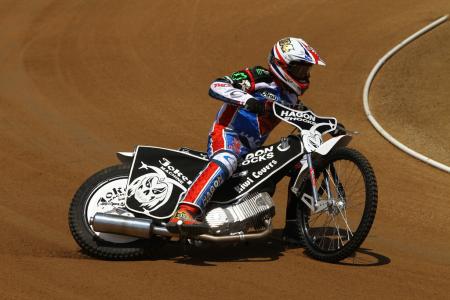











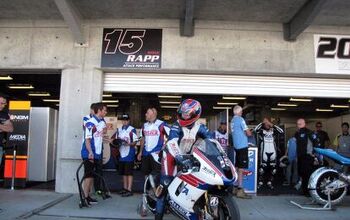

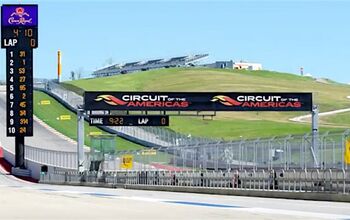
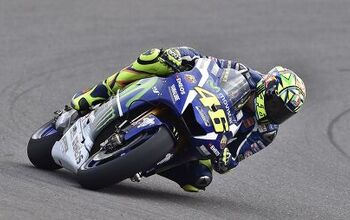
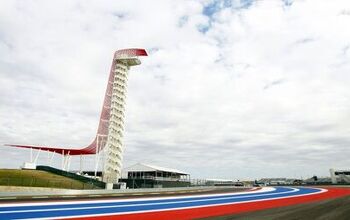













Comments
Join the conversation